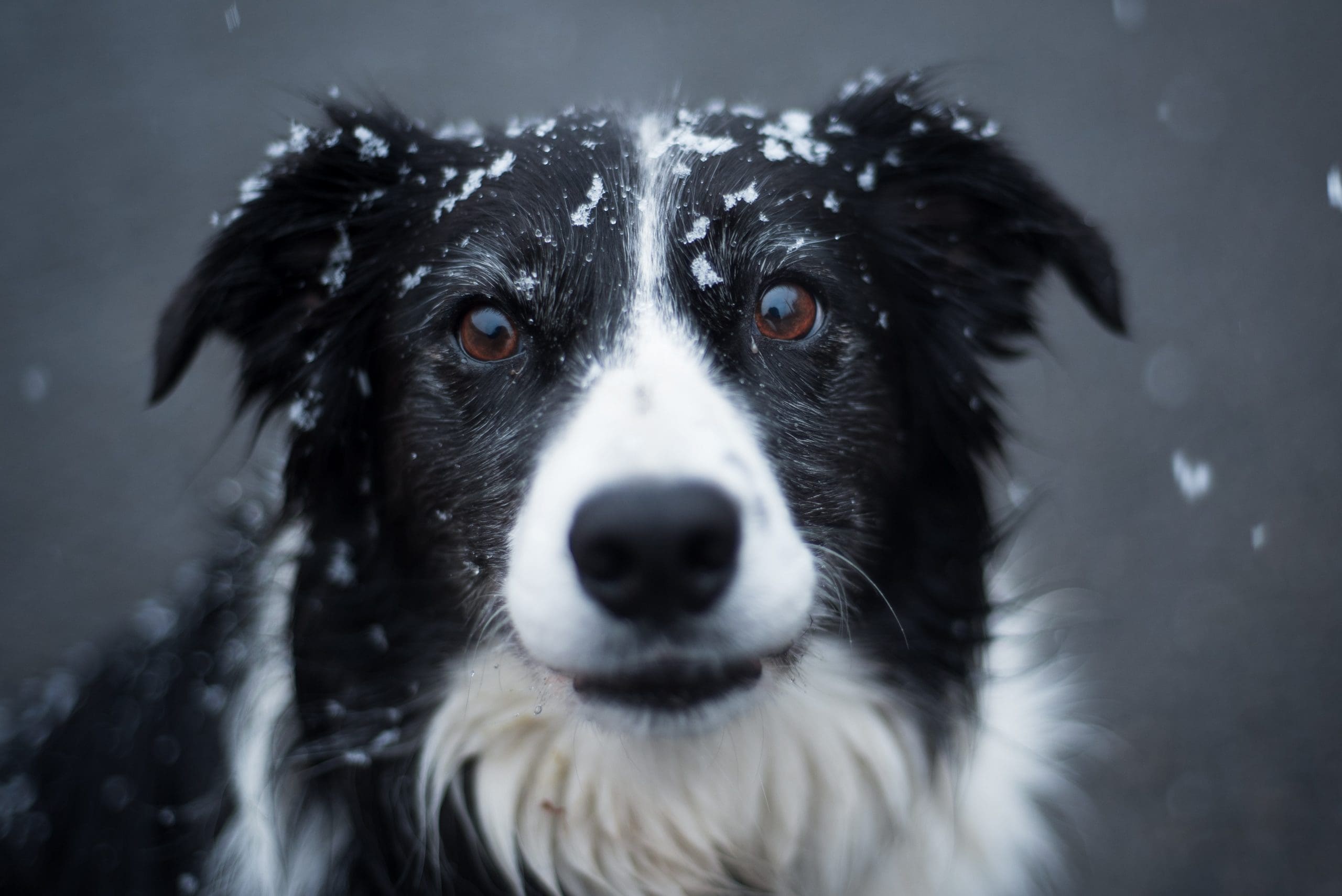When you hear your dog growl while playing, it can raise some eyebrows. Many dog owners wonder if this behavior indicates aggression or discomfort. To truly grasp dog growls, especially in playful situations, it helps to appreciate canine communication and behavior.
Canine Communication
Dogs express themselves through a range of vocalizations and body language. While growling can signal aggression, many dogs use it to express excitement or to engage in play. Observing the context is crucial. Is your dog involved in fetch, tug-of-war, or friendly wrestling with another dog? The circumstances often clarify the growl’s meaning.
Playful Growling
Growling during play is usually accompanied by other signs of enjoyment. Look for wagging tails, relaxed body language, and playful bounces. These indicators suggest that your dog is having a great time. For example, if your dog approaches another with a wagging tail and a play bow—lowering their front legs while keeping their rear elevated—a growl during this interaction is likely playful rather than aggressive.
Types of Growls
Different sounds convey different emotions. A short, low growl may indicate excitement or a playful challenge, while a longer, drawn-out growl might signal discomfort or a warning. Paying attention to the pitch and duration of the growl can offer further insights. If the tone or intensity changes suddenly, it may warrant closer observation.
Individual Personalities
Every dog has its own personality, which influences how they communicate. Some breeds, like herding dogs, tend to be more vocal during play. Observing how your dog interacts with others can help decode their growling behavior.
The Social Setting
The play environment also plays a role. When dogs interact with each other, growling can be part of their social exchanges. Rough-and-tumble play, characterized by growls, nips, and chasing, helps dogs socialize and learn proper canine etiquette. They communicate boundaries through body language and vocalizations. If one dog becomes too rough, the other may growl or yelp to signal a need for a break.
Observing Other Dogs
For those new to canine play behavior, watching other dogs can be enlightening. Visiting dog parks or attending training classes exposes owners to various play styles and vocalizations, helping distinguish friendly play from aggressive behavior.
Human Interaction
When dogs growl during play with humans, the same principles apply. Games like tug-of-war or fetch can trigger playful growling. If this growling intensifies, it may be wise to pause the game and reassess the situation.
Setting Boundaries
While playful growling is typically harmless, establishing boundaries remains important. Teaching commands like “enough” or “leave it” can help manage your dog’s behavior during play, preventing overwhelming situations or unwanted behaviors. Consistent training reinforces when it’s time to tone it down versus when to let loose.
Age and Temperament Considerations
Puppies often growl while playing with littermates, a normal part of their development. Adult dogs may use playful growling to engage their human companions or other dogs. Senior dogs might prefer gentler interactions, as their play style may change over time.
Monitoring Interactions
If your dog’s growling becomes excessive or they play roughly with others, closely monitor their interactions. Look for signs of stress in other dogs, such as stiff body language or tucked tails. These cues may indicate that your dog’s play style isn’t well received.
Professional Insights
If uncertainty about your dog’s growling persists, consulting a professional dog trainer or behaviorist can provide valuable perspectives. They can observe interactions and offer tailored advice to ensure playtime remains safe and enjoyable.
Fostering a Positive Play Environment
Creating a positive play environment is vital for your dog’s socialization and well-being. Understanding the nuances of dog growls enhances the play experience. Encourage healthy behaviors and intervene when necessary.
Strengthening Your Bond
Your dog’s growl can signify joy and enthusiasm. By being attentive to their body language and vocalizations, you can better understand their needs and emotions, ultimately strengthening your bond and making playtime more rewarding for both of you.

